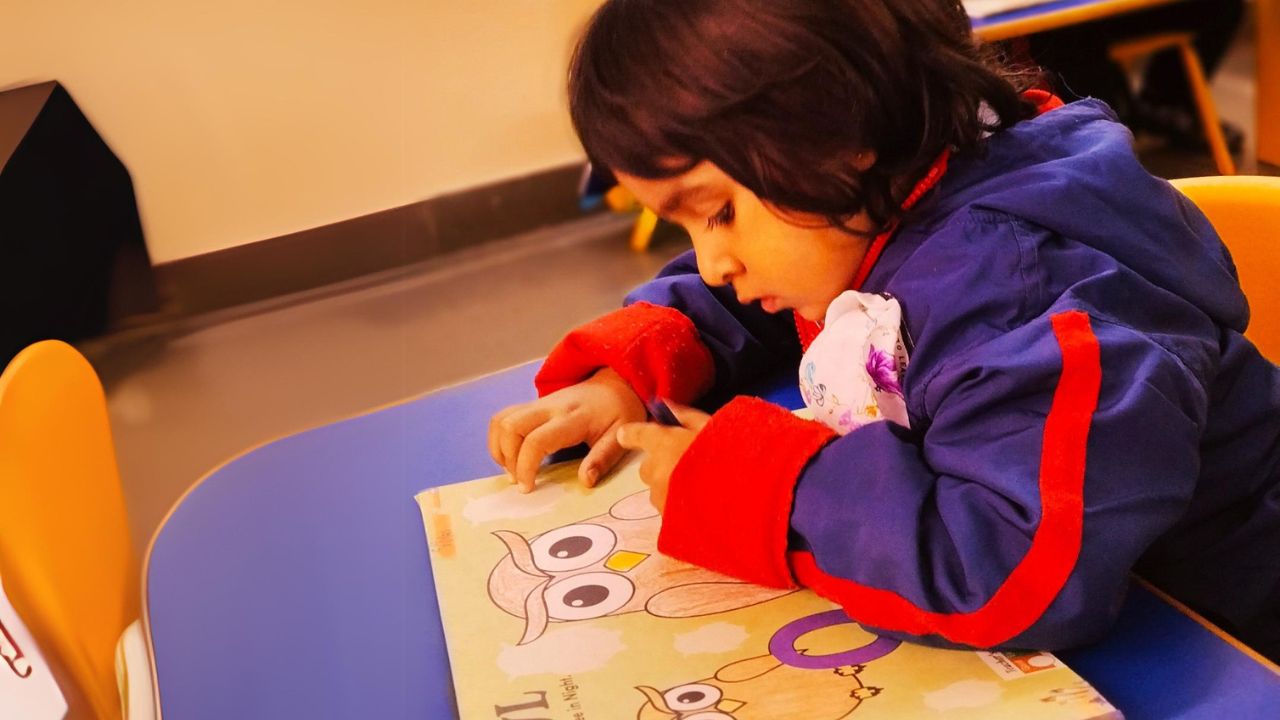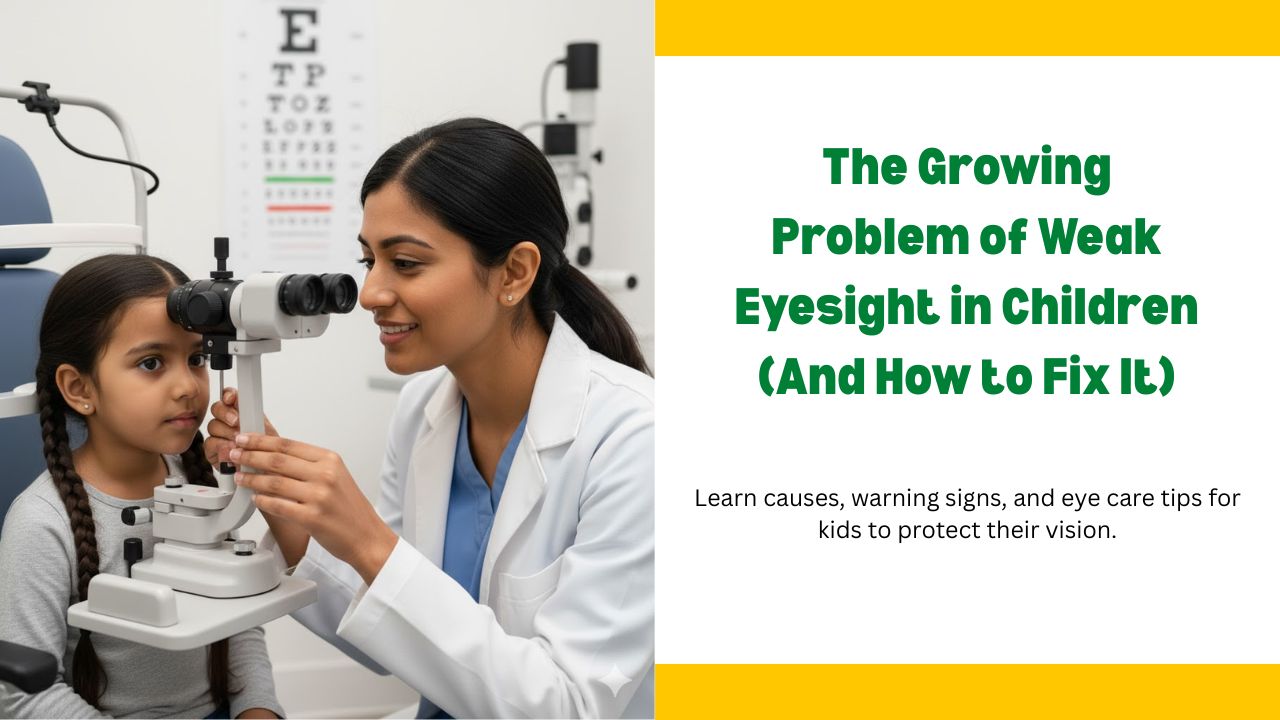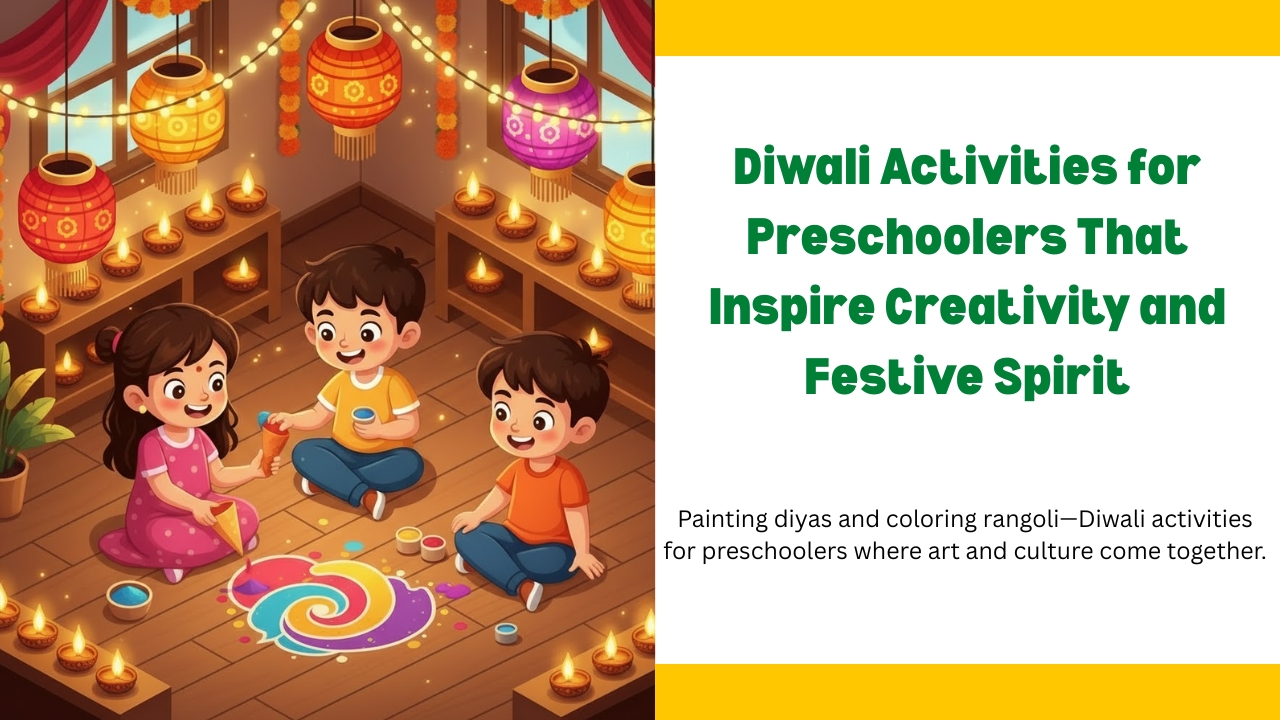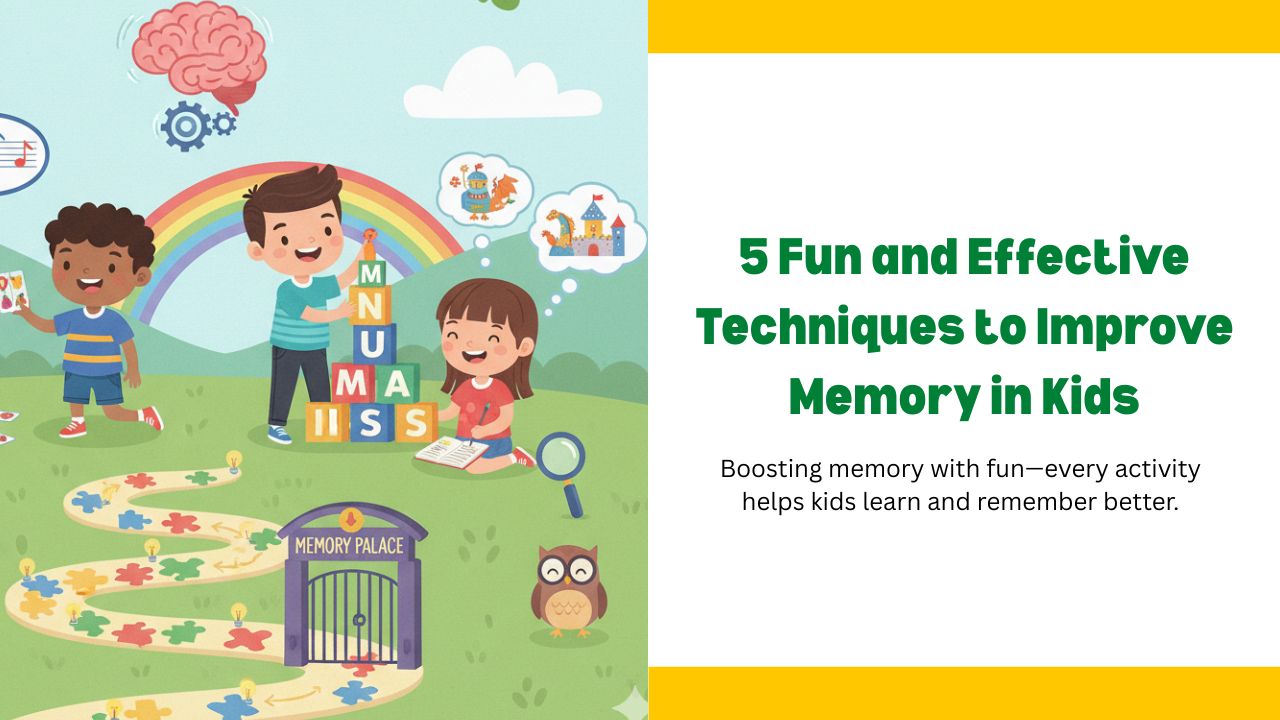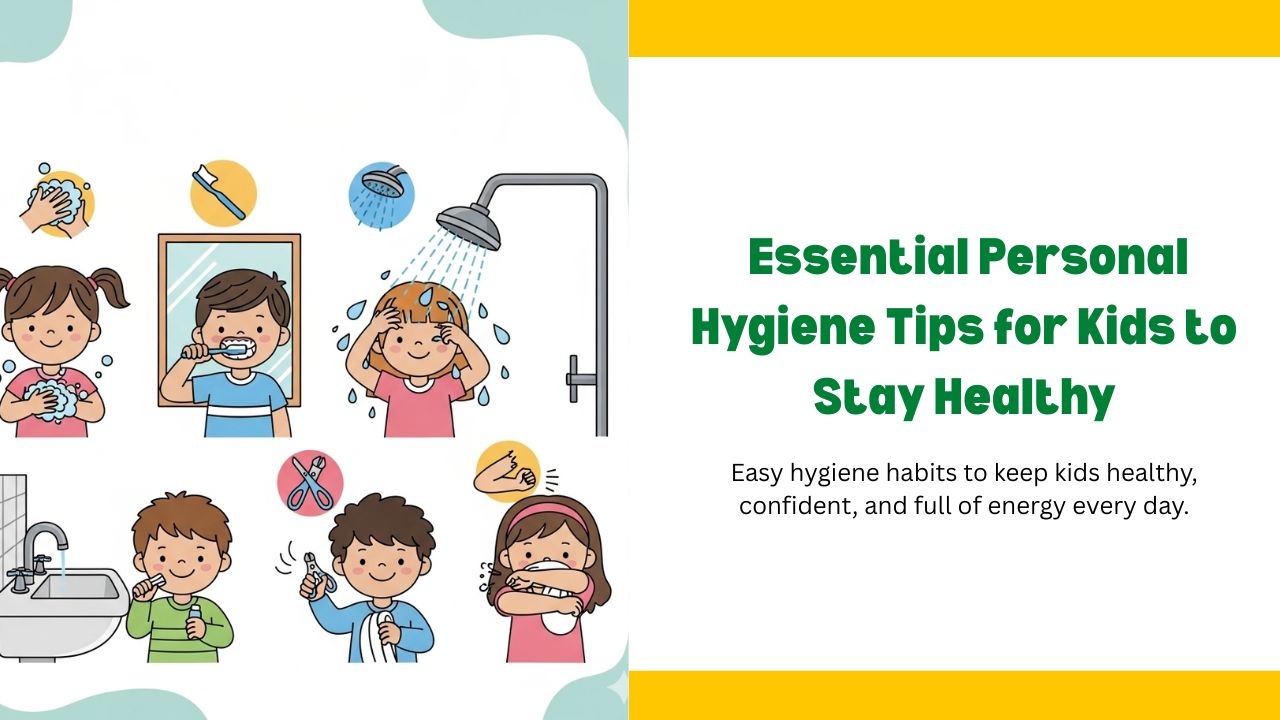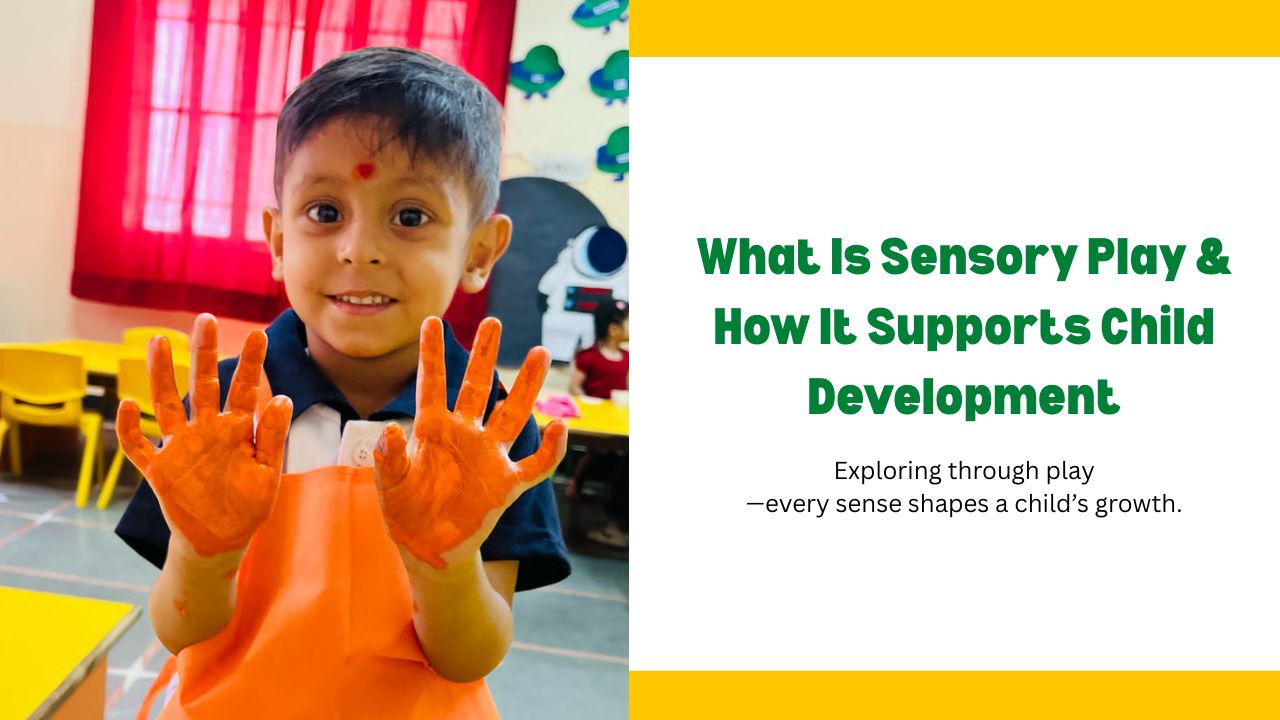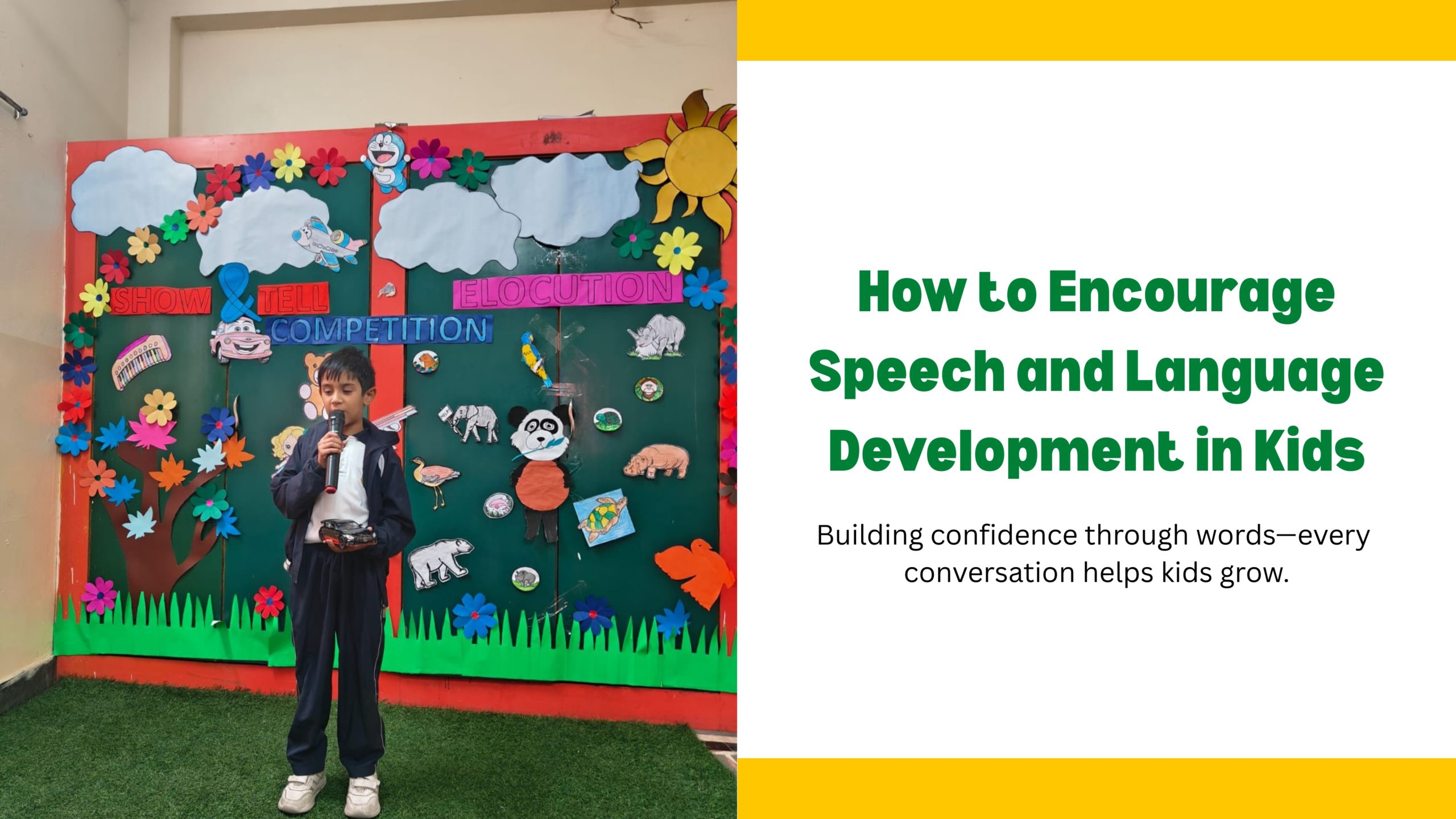How Creative Art Expression Boosts Early Learning and Development
Early childhood is a period of immense growth and discovery, where children begin to develop essential skills that will serve them throughout their lives. Among the many ways to nurture this development, creative expression through art plays a pivotal role. Whether it’s painting, drawing, sculpting, or crafting, engaging in artistic activities provides young learners with opportunities to explore their imagination, express their emotions, and enhance their cognitive abilities. This article delves into how creative expression contributes to early learning and why it’s an essential component of a well-rounded education.
The Role of Art in Early Learning Art is more than just a fun activity for children; it is a powerful tool for learning and development. Through creative expression, children learn to observe the world around them, make connections, and develop a deeper understanding of their environment. Art fosters critical thinking, problem-solving, and decision-making skills as children experiment with different materials, colors, and techniques. These experiences help build the foundation for academic success and personal growth.
How Creative Expression Enhances Development
Cognitive Development
Engaging in artistic activities stimulates cognitive development by encouraging children to think critically and creatively. When children create art, they use their brains to plan, organize, and execute their ideas. This process helps them develop important cognitive skills such as spatial awareness, memory, and concentration. For example, when a child draws a picture of their family, they must recall details, organize the figures on the page, and decide on the colors and shapes to use.
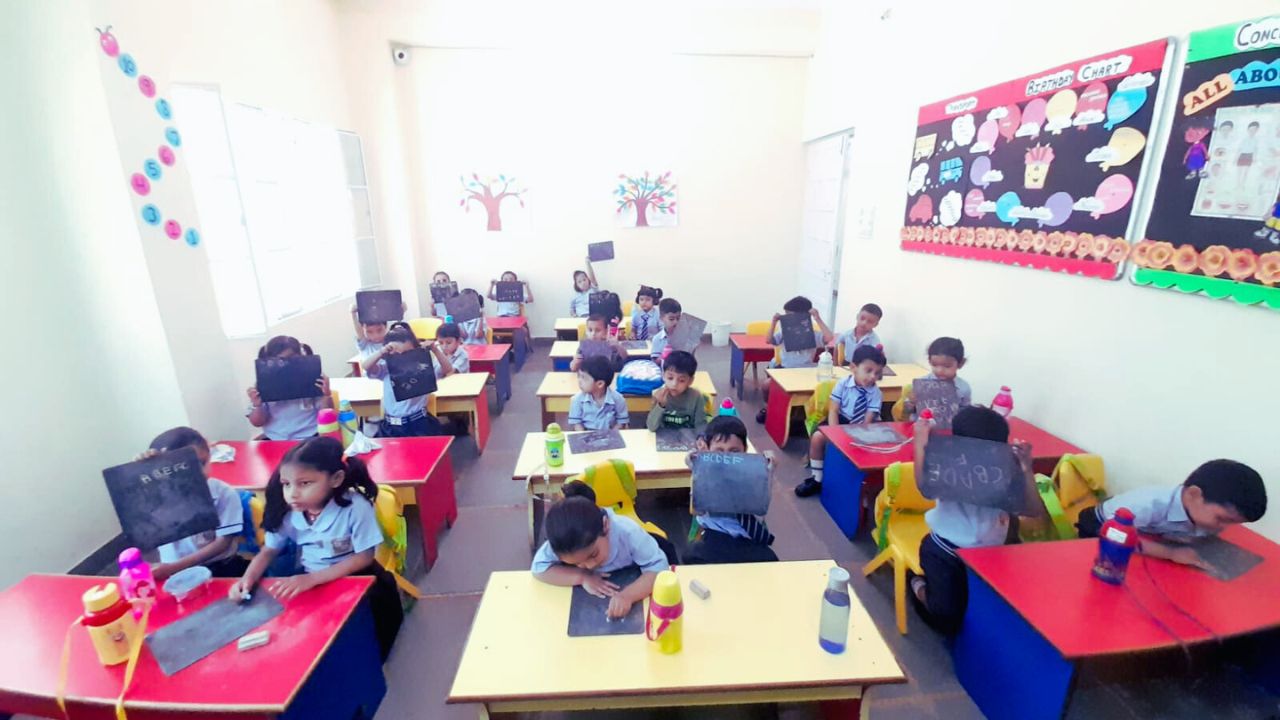
Emotional Expression and Regulation
Art provides children with a safe and constructive outlet for expressing their emotions. Through drawing, painting, or crafting, children can explore their feelings and communicate them in ways they may not yet have the words to describe. This process not only helps children understand their emotions but also teaches them how to regulate and manage them. For instance, a child who is feeling frustrated may use bold colors and vigorous strokes to express their feelings, which can be a therapeutic way to release tension.
Fine Motor Skills Development
Creating art involves using hands and fingers in precise ways, which helps develop fine motor skills. Activities such as cutting with scissors, manipulating clay, or drawing with crayons require hand-eye coordination and control. These skills are essential for tasks such as writing, buttoning clothes, and tying shoelaces. The more children engage in these activities, the more refined their motor skills become.
Language and Communication Skills
Art encourages children to tell stories, describe their creations, and share their thoughts with others. This verbal expression helps develop language skills and vocabulary. When children talk about their artwork, they learn to articulate their ideas, describe their process, and engage in conversations with peers and adults. This interaction enhances their communication skills, which are crucial for social and academic success.
Encouraging Creativity and Innovation
Creative expression in art nurtures a child’s natural curiosity and encourages them to think outside the box. By experimenting with different materials and techniques, children learn that there are multiple ways to approach a problem or complete a project. This mindset of innovation and flexibility is invaluable in a world that increasingly values creativity and adaptability.
The Long-Term Benefits of Art in Early Learning The benefits of creative expression in early learning extend far beyond the preschool years. Children who engage in art are more likely to develop strong problem-solving skills, resilience, and the ability to think critically. These attributes contribute to success in school and life. Furthermore, children who are encouraged to express themselves creatively often grow into adults who value creativity, cultural appreciation, and self-expression.
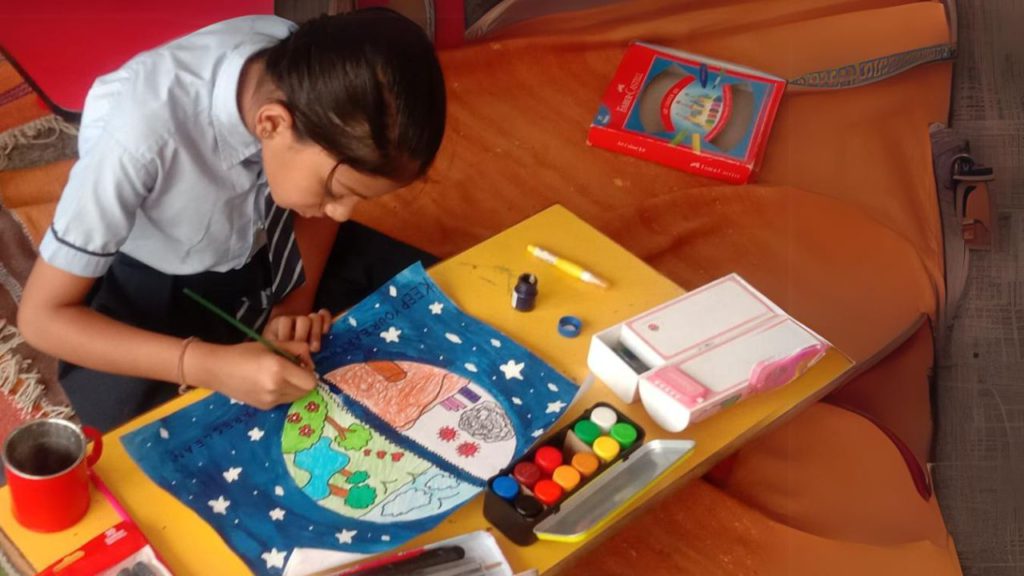
Conclusion
Creative expression through art is a vital part of early learning, offering children a multitude of benefits that contribute to their cognitive, emotional, and social development. By fostering creativity, fine motor skills, and communication abilities, art lays the groundwork for a lifetime of learning and growth.
At Laureate High School, we understand the importance of nurturing creativity in young learners. Our early learning programs integrate art and creative expression into the curriculum, helping children develop essential skills while exploring their imaginations. Enroll your child today and discover how our approach to education can support your child’s development and love for learning. Enquire now to learn more about our programs.
Follow Us On Instagram:-@laureatehighschool

